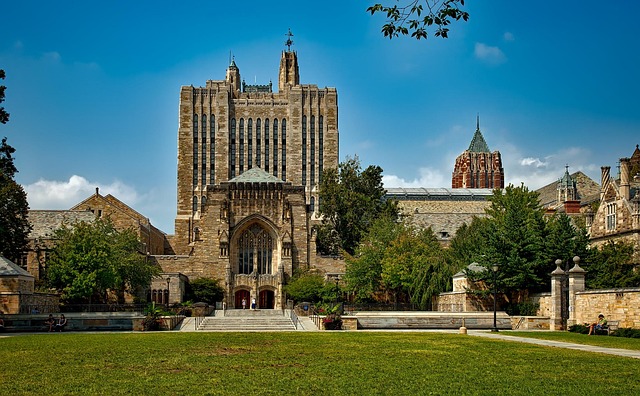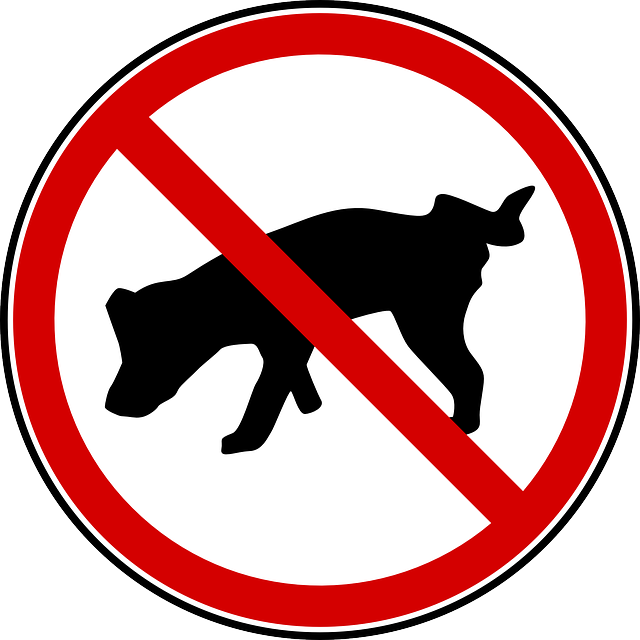The 1920s Prohibition era in Lane County, Oregon, was a complex period marked by shifting societal attitudes towards alcohol. Local communities pushed for stricter liquor control, influenced by moral and health concerns. This led to the implementation of Prohibition laws that closed saloons and regulated alcohol, but backfired, creating a bustling underground economy with speakeasies and bootleggers. The era saw increased law enforcement efforts against illegal distilleries and hidden bars, leaving a lasting impact on Lane County's history as a testament to the challenges of enforcing prohibitive laws. Despite the intended reduction in intoxication, the period instead fostered a clandestine market, highlighting the resilience of social desires amidst restrictive legislation.
“Discover a bygone era in Lane County, Oregon, where the roar of the prohibition movement echoed through its communities. This article explores the county’s unique journey from the rise of the temperance movements to the nationwide Prohibition and its aftermath.
Learn about the daily life of residents before the ban on alcohol, the underground economy that thrived with speakeasies and illegal distilling, and the challenges faced by law enforcement in combating bootlegging. Uncover the lasting impact and lessons from this historic period in Lane County’s prohibition history.”
- The Rise of Temperance Movements in Lane County, Oregon
- Life Before Prohibition: Alcohol in Lane County
- The Impact of National Prohibition on Local Communities
- Speakeasies and Illegal Distilling: A Flourishing Underground Economy
- Law Enforcement Struggles: Combating Bootlegging in Lane County
- Legacy and Lessons: Reflecting on the Prohibition Era's End
The Rise of Temperance Movements in Lane County, Oregon

The rise of the temperance movements in Lane County, Oregon, was deeply intertwined with the broader national struggle against alcohol during the prohibition era. As nationwide sentiments shifted towards reducing alcohol consumption and its perceived societal ills, local communities in Lane County, including cities like Eugene and Springfield, began to organize and advocate for stricter control over liquor sales. These movements were fueled by a mix of moral convictions, public health concerns, and economic motivations.
Prohibition laws, which took effect in Oregon in the early 20th century, aimed to limit access to alcoholic beverages through the closure of saloons and the strict regulation of alcohol production and distribution. In Lane County, as across much of rural America, this led to a surge in bootlegging activities with individuals and small operations producing and distributing illegal liquor to meet demand. Local law enforcement played a crucial role in combating these underground speakeasies, leading to a complex web of social dynamics, economic shifts, and cultural changes that defined the prohibition-era landscape in Lane County.
Life Before Prohibition: Alcohol in Lane County

Before the implementation of Prohibition in 1920, Lane County, Oregon, like many other regions across the country, experienced a vibrant yet contentious relationship with alcohol. The presence of saloons and taverns was a staple of rural and urban life, reflecting a time when liquor was an integral part of social gatherings and community events. Local businesses, from small mom-and-pop operations to larger establishments, thrived on the sale of beer, wine, and spirits, contributing significantly to the local economy.
This era saw a bustling underground culture as well, with the rise of speakeasies and bootleggers. Lane County became known for its thriving network of illegal alcohol dealers who supplied Oregon’s dry law areas. The prohibition laws, aimed at reducing public intoxication and promoting moral reform, instead fueled a clandestine market. Law enforcement struggled to enforce these laws, leading to a complex web of subterfuge, where residents navigated the risks of acquiring their favorite beverages, while organized crime capitalized on the lucrative black-market trade in Lane County.
The Impact of National Prohibition on Local Communities

The national Prohibition, in force from 1920 to 1933, profoundly affected local communities in Lane County, Oregon, reshaping social dynamics and economic landscapes. While the initial goal was to curb alcohol consumption and promote sobriety, it inadvertently fueled a parallel underground economy centered around speakeasies and bootlegging. In the prohibition era, Lane County saw a surge in clandestine distilleries and illicit drinking establishments known as speakeasies, which operated in secret, defying the dry law. This thriving underworld was driven by demand for alcohol, with locals resorting to risky and often dangerous means to obtain their favorite spirits.
The impact of Prohibition on Lane County went beyond just alcohol consumption; it influenced law enforcement strategies. Oregon’s authorities had to adapt to combat the flourishing bootlegging trade. High-profile raids and stringent law enforcement efforts were employed to curb illegal activities, but the nature of speakeasies, often hidden within residential areas or disguised as legitimate businesses, made them challenging targets. This period left a lasting mark on Lane County’s history, shaping its social fabric and leaving behind remnants of a time when the pursuit of leisure and freedom clashed with the rigid enforcement of prohibition laws.
Speakeasies and Illegal Distilling: A Flourishing Underground Economy

During the Lane County prohibition era, as part of a broader Oregon temperance movement, a clandestine and lucrative underground economy sprouted, fueled by speakeasies and illegal distilling. These hidden bars, known as speakeasies, popped up in homes, warehouses, and even outhouses, offering illicit spirits to those determined to quench their thirsts despite the prohibition laws. The demand was high, leading to a boom in bootlegging operations across Lane County, where skilled distillers produced moonshine and other homebrews, often with questionable safety standards, to meet this black market demand.
The prevalence of speakeasies and bootlegging underscored the ineffectiveness of Oregon’s prohibition law enforcement efforts. Despite the intentions behind the temperance movement, these illegal activities flourished, highlighting the challenges of regulating a hidden economy and the persistence of social desires in the face of restrictive legislation.
Law Enforcement Struggles: Combating Bootlegging in Lane County

During the Prohibition era, Lane County faced significant challenges in enforcing dry laws due to a booming underground economy centered around bootlegging and speakeasies. Despite the federal ban on alcohol, determined citizens found ways to smuggle and sell booze, transforming homes into clandestine distilleries and hidden bars known as “speakeasies.” This thriving illicit trade posed a complex problem for law enforcement officers who struggled to keep up with the ever-evolving methods of bootleggers.
Oregon state troopers and local deputies engaged in high-stakes cat-and-mouse games, often relying on informants and undercover operations to infiltrate these illegal networks. The rugged terrain and diverse landscapes of Lane County presented unique difficulties for patrols, as bootleggers utilized secluded areas for their illicit activities. This period marked a significant test for law enforcement, who had to adapt and innovate to combat the pervasive and lucrative bootlegging industry that had taken root in the county during Prohibition.
Legacy and Lessons: Reflecting on the Prohibition Era's End

As the Prohibition era came to an end in 1933, Lane County’s history with temperance movements left a lasting legacy. The fight against alcohol had deeply ingrained itself into the social and political fabric of the community, shaping attitudes towards consumption and regulation that lingered long after the National Prohibition Act was repealed. The proliferation of speakeasies in Oregon cities like Eugene reflected a complex cultural shift, where demand for alcohol outpaced the law’s ability to enforce it. Despite the challenges, this period also saw remarkable resilience among those who continued to advocate for teetotalism, demonstrating the power of grassroots movements.
The lessons from Lane County’s prohibition history offer valuable insights into the complexities of implementing and sustaining prohibitive laws. It exposed the limitations of law enforcement in a deeply entrenched social issue and highlighted the need for nuanced approaches to community regulation. Today, these historical events serve as a reminder that understanding the cultural, economic, and societal factors behind behavior change is crucial for effective policy-making, even when dealing with modern-day challenges related to substance use and regulation.














